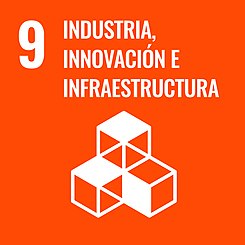Technological watch
Surface Treatments of Coffee Husk Fiber Waste for Effective Incorporation into Polymer Biocomposites
Natural lignocellulose fibers have been extensively investigated and applied as a reinforcement of polymer composites in industrial applications from food packing to automotive parts. Among the advantages of natural fibers stands their relatively low cost and sustainable characteristics. These are accentuated in the case of residual fibers such as those obtained from coffee husks, an agribusiness waste, usually burnt or disposed into the environment. As composite reinforcement, hydrophilic natural fibers display adhesion problems to the most hydrophobic polymer matrices. This adhesion might be improved with distinct types of fibers surface treatments. In the present work, the effectiveness of three surface treatments applied to coffee husk fiber wastes (CHFW) were investigated, aiming to improve the tensile performance of castor oil-based polyurethane (COPU) biocomposites. The effects of treatments associated with (i) chemical with sodium hydroxide, (ii) physical by temperature and pressure and hydrothermic treatment, and (iii) biological by fermentation with Phanerochaete Chrysosporium fungus were evaluated by means of Fourier transformed infrared spectroscopy, X-ray diffraction, thermal analyses and morphology by scanning electron microscopy for different concentration of NaOH, different hydrothermic times at 121 °C/98 kPa and exposition to P. chrysosporium. The most effective treatment was the hydrothermal one at 121 °C and 98.06 kPa for 30 min. Preliminary tensile tests were performed in COPU biocomposites reinforced with 20% CHFWs subjected to the optimized conditions for each distinct type of treatment. The results indicated that the hydrothermal treatment promoted significant enhancement in the fiber/matrix interfacial bond, increasing the tensile strength up to 60% compared to COPU reinforced with in natura CHFWs fibers. It is important to mention that these composites can be applied as plastic wood for household items’ internal parts and in the automobile industry.
Publication date: 07/10/2021
Author: Bárbara Maria Mateus Gonçalves
Reference: doi: 10.3390/polym13193428







